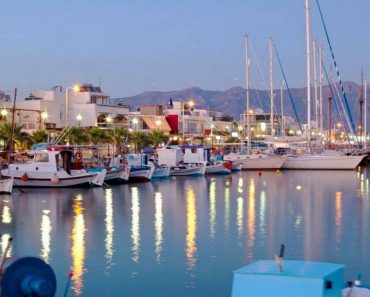- by croatiaweek
- in

(Illustration)
The Croatian island of Vis continues to astonish with its wealth of history, as new archaeological finds emerge both on land and beneath the sea.
The island, already renowned as the site of Issa – the first ancient Greek colony on the Adriatic – has revealed discoveries that are reshaping our understanding of its past.
As HRT reports, one of the most exciting new projects is the creation of a future underwater archaeological park near the Prilovo peninsula.
Divers and snorkellers will soon be able to explore a shallow submerged trail at a depth of just 2.5 metres, visible even from the shore.
The first exhibit has already been set in place – a cannon, most likely from the 17th century, found in Vis bay just five metres below the surface.
It will be joined by amphorae, anchors, ancient pottery and seagrass meadows, turning the site into a unique attraction that combines natural and cultural heritage.
Perhaps the most remarkable find in recent months is the discovery of the remains of Issa’s city hall, offering tangible proof that democracy was practised on Vis more than 2,300 years ago.
“Issa brought democracy. We now have clear evidence that it was a democratic community, and that democracy spread from here to other parts of today’s Croatia,” explained Dinko Radić, director of the Zavičajni muzej grada Visa/Local History Museum of the Town of Vis.

(Photo: Zavičajni muzej grada Visa/Local History Museum of the Town of Vis)
Archaeologists have also uncovered a well-preserved Greek street and a late antiquity building that served as a shop, confirming that Issa continued to thrive long after the fall of classical Greece. “This site spans almost 800 years of history, right up to the 6th century AD,” added archaeologist Vinko Udiljak.
A hydro-archaeological collection like no other
The hydro-archaeological collection in the Batarija fortress in Vis town houses hundreds of ancient artefacts, including around 600 amphorae salvaged from the seabed at Vela Svitnja.
These amphorae are displayed just as they would have been stacked in the hold of an ancient ship.
The museum courtyard also features ancient anchors, while the fortress itself is preparing to mark the 160th anniversary of the Battle of Vis (1866), when Austrian cannons defended the bay from the Italian fleet.
Croatia’s youngest museum
The Zavičajni muzej grada Visa/Local History Museum of the Town of Vis, Croatia’s youngest, opened only a few months ago. It aims to tell the story of the island from prehistory to the Homeland War, while also highlighting Vis’ unique language, geology, agriculture and climate.

(Photo: Zavičajni muzej grada Visa/Local History Museum of the Town of Vis)
This year, Split-Dalmatia County has allocated €70,000 to support archaeological tourism on the island. With each new discovery, Vis not only strengthens its cultural significance but also grows as a destination for visitors seeking more than sun and sea.
For the people of Vis, the new museum will serve as a place of learning and pride. For travellers, it promises an unforgettable journey through more than two millennia of history – from the world of ancient Greece to modern Croatia.
Sign up to receive the Croatia Week Newsletter







